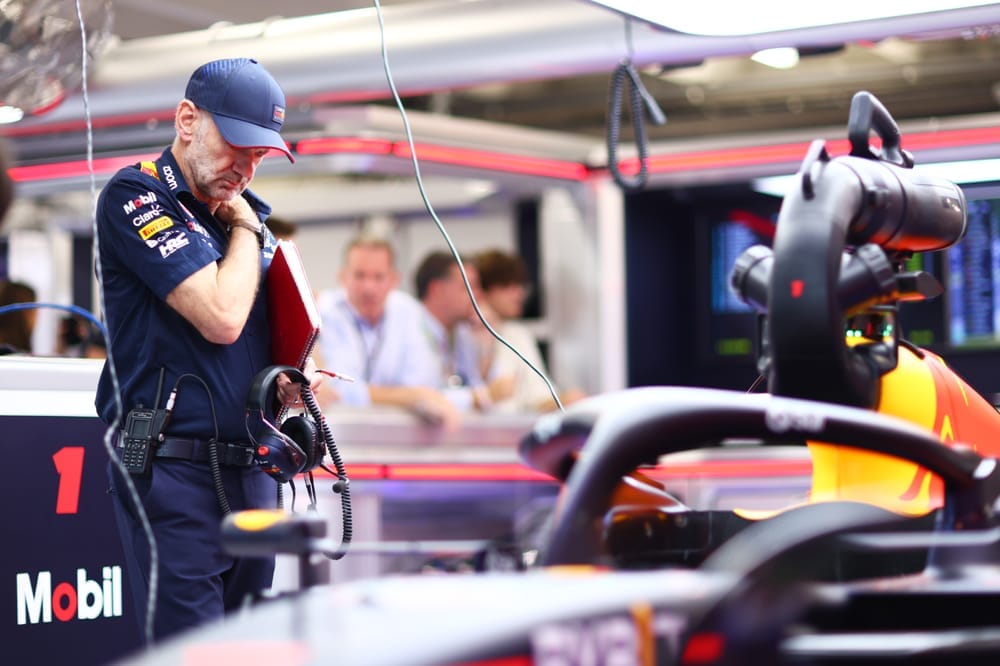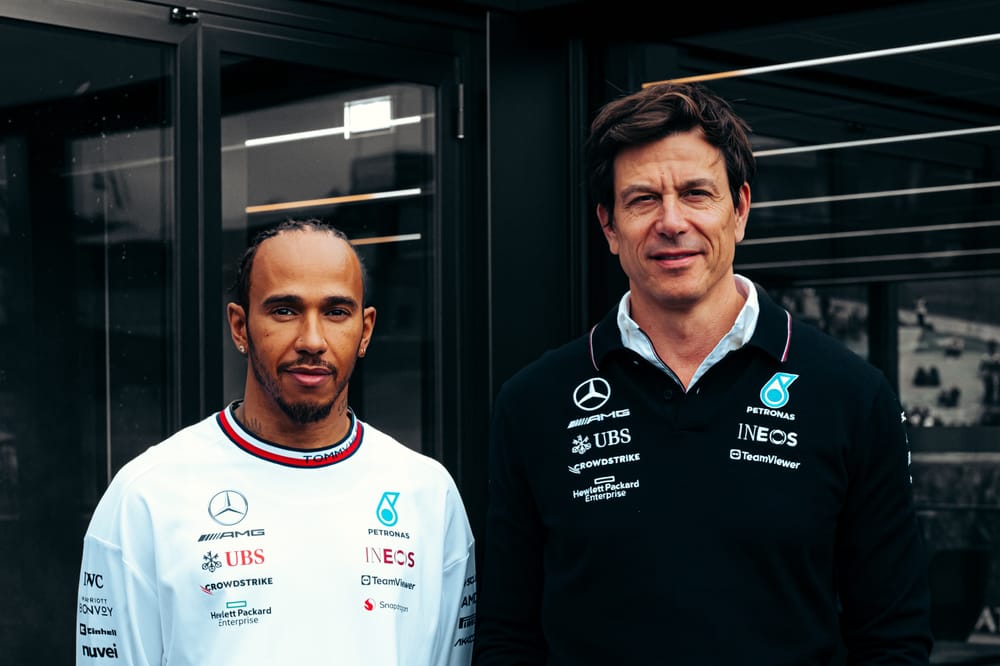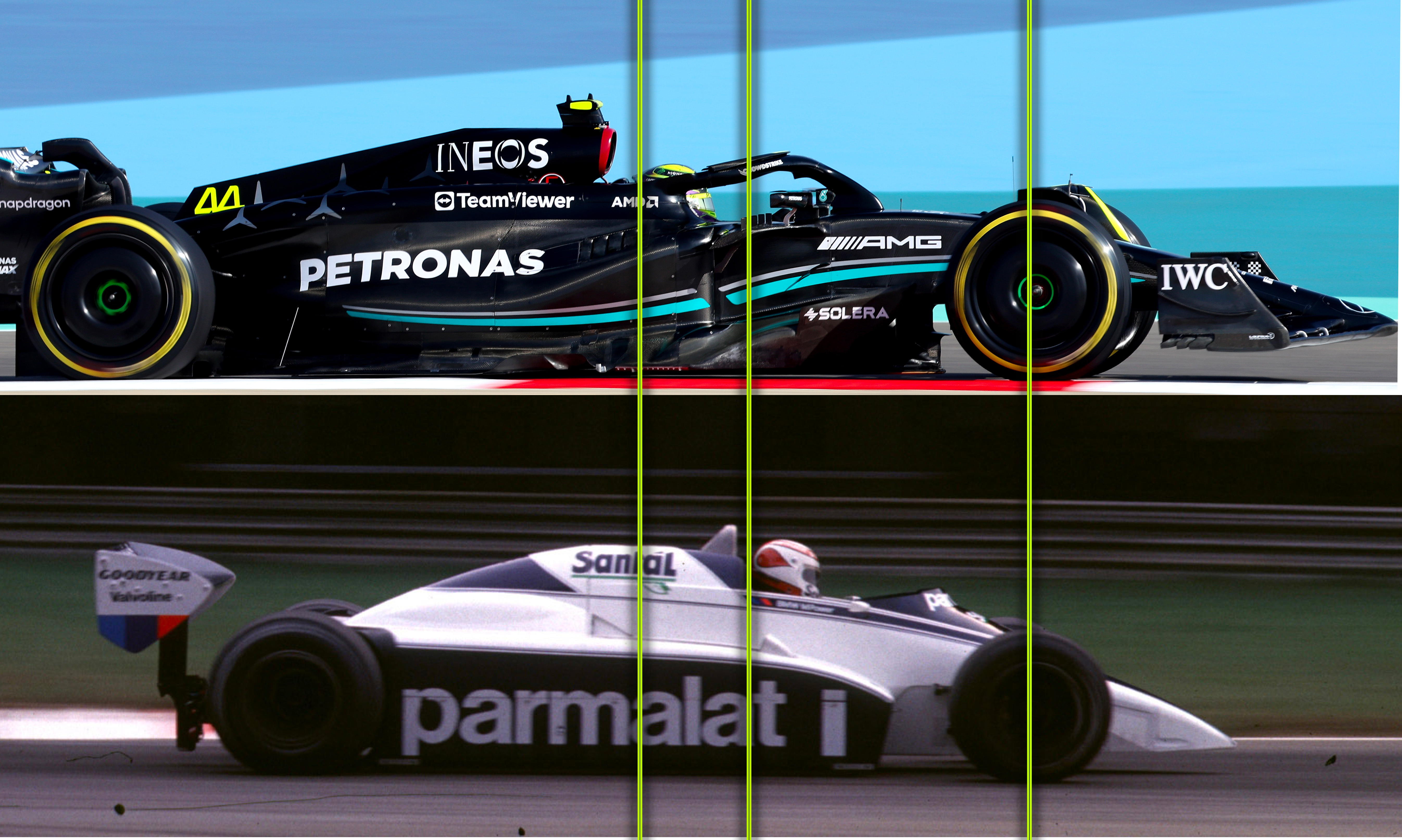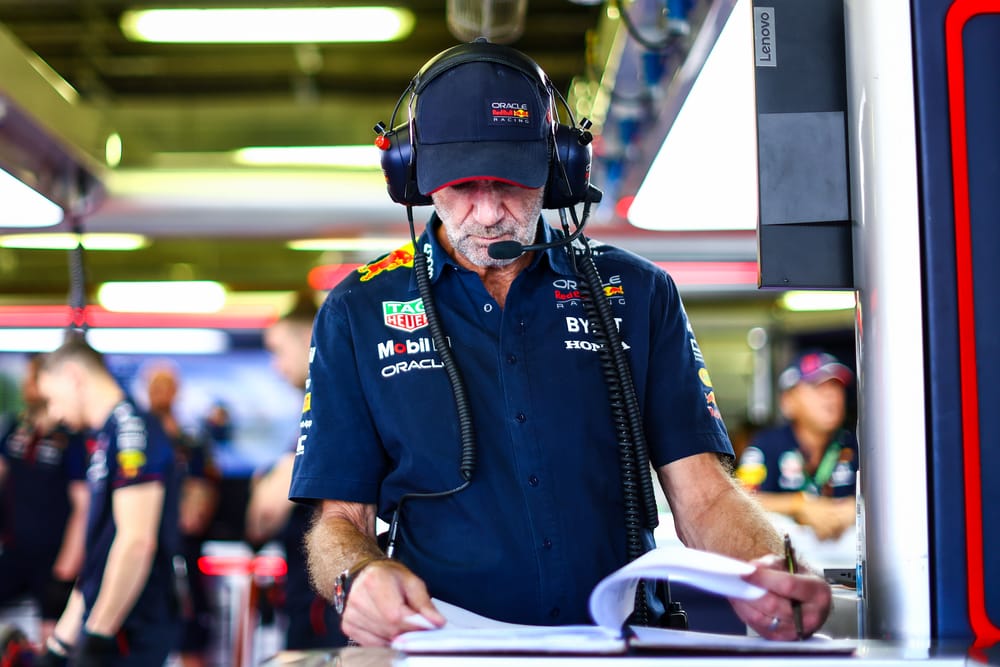Up Next

Formula 1’s 2024 launch season is well underway and so too is the scramble from rival teams and journalists to pick out these all-important changes and innovations.
Haas's VF-24 reveal didn't feature much in the way of innovation - partly because Haas wouldn't have wanted to give much away with virtual renders - but you can expect some of the other nine teams to showcase more in the next two weeks.
The important thing is knowing where to look. That’s why The Race has picked out the key areas your eyes should dart to when the new cars break cover.
UNDERFLOOR HEIGHT
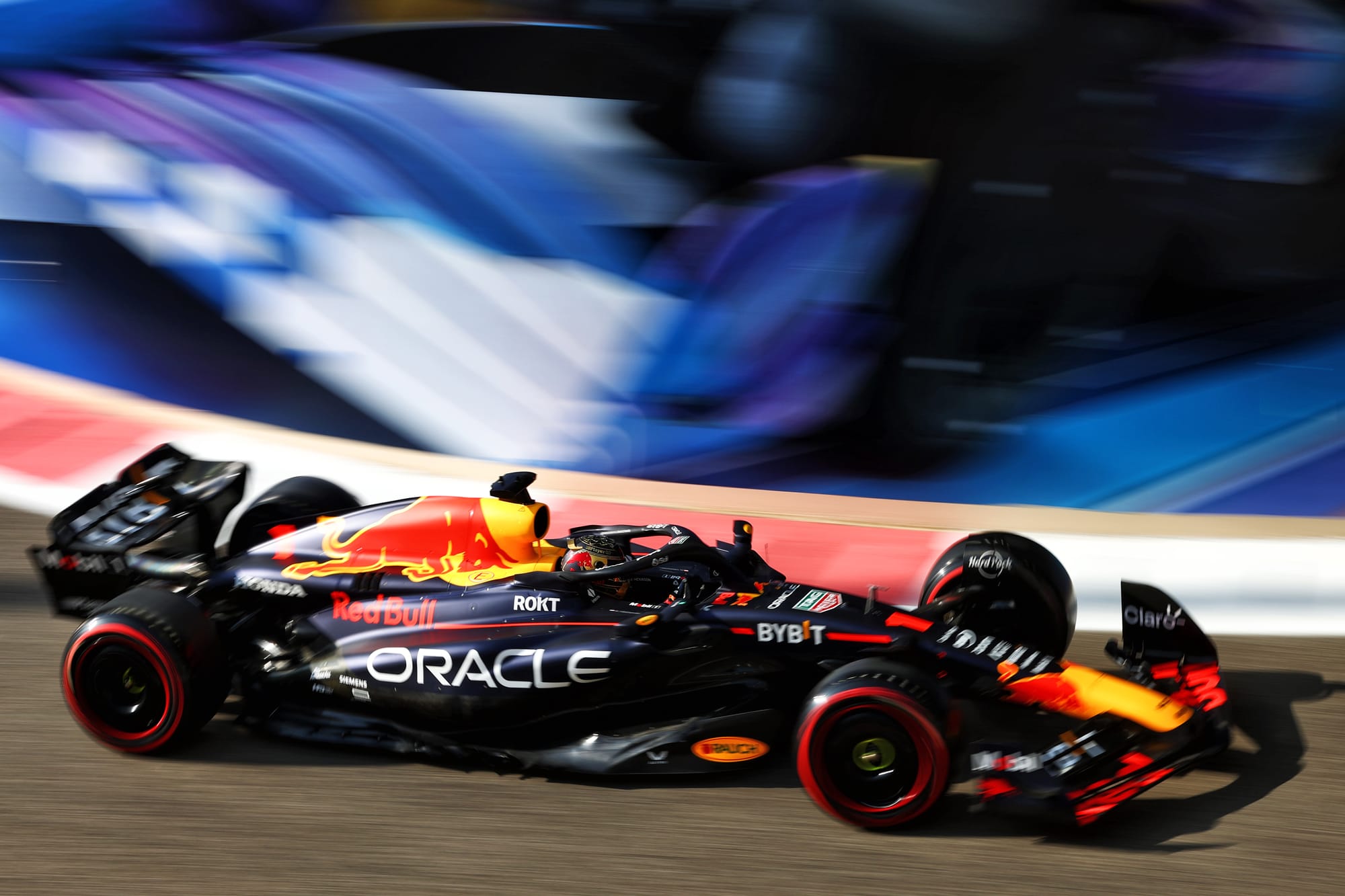
The powerful ground effect venturi tunnels in the underfloor are the primary downforce generator of an F1 car. One of the many reasons Red Bull is so strong is that it has such an effective underfloor that can create vast amounts of downforce without hitting bouncing problems.
Whenever we caught a glimpse of the underfloor detail of the Red Bull last year, most notably after Sergio Perez crashed in qualifying in Monaco and the RB19 was lifted off the track, the level of detail of what you might call the topography of the underfloor was remarkable.
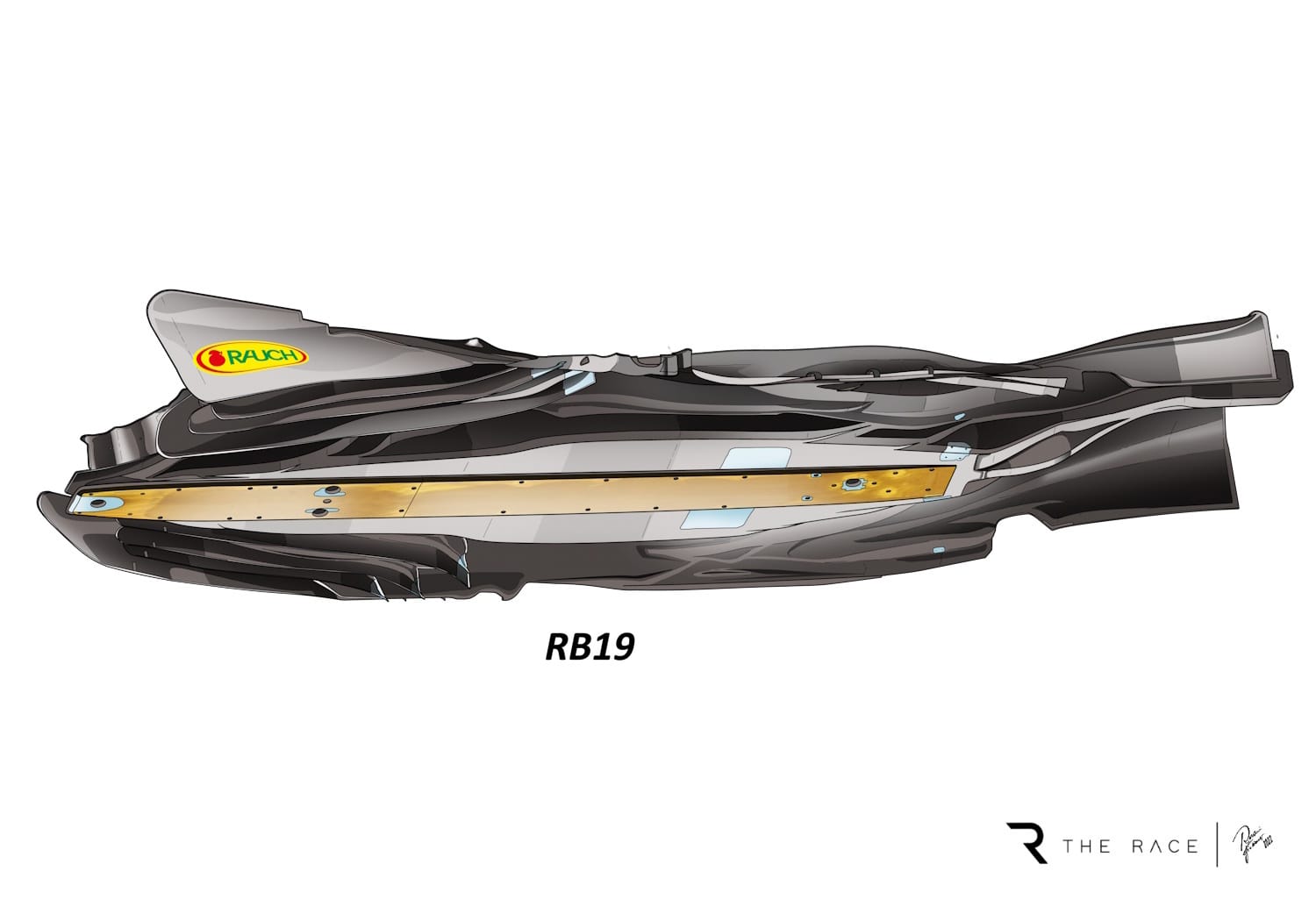
Rather than simply having the venturi tunnels at the minimum height, which potentially would generate the most downforce, the top surface of the floor has some variation.
This raised ceiling of the floor, combined with the suspension characteristics, ensured that the downforce generated was consistent and not limited by the risk of triggering porpoising.
This isn’t going to be something that’s obvious until we get some sneaky spy shots, but teams will have worked hard to understand how to create similar mastery of underfloor design.
SIDEPODS
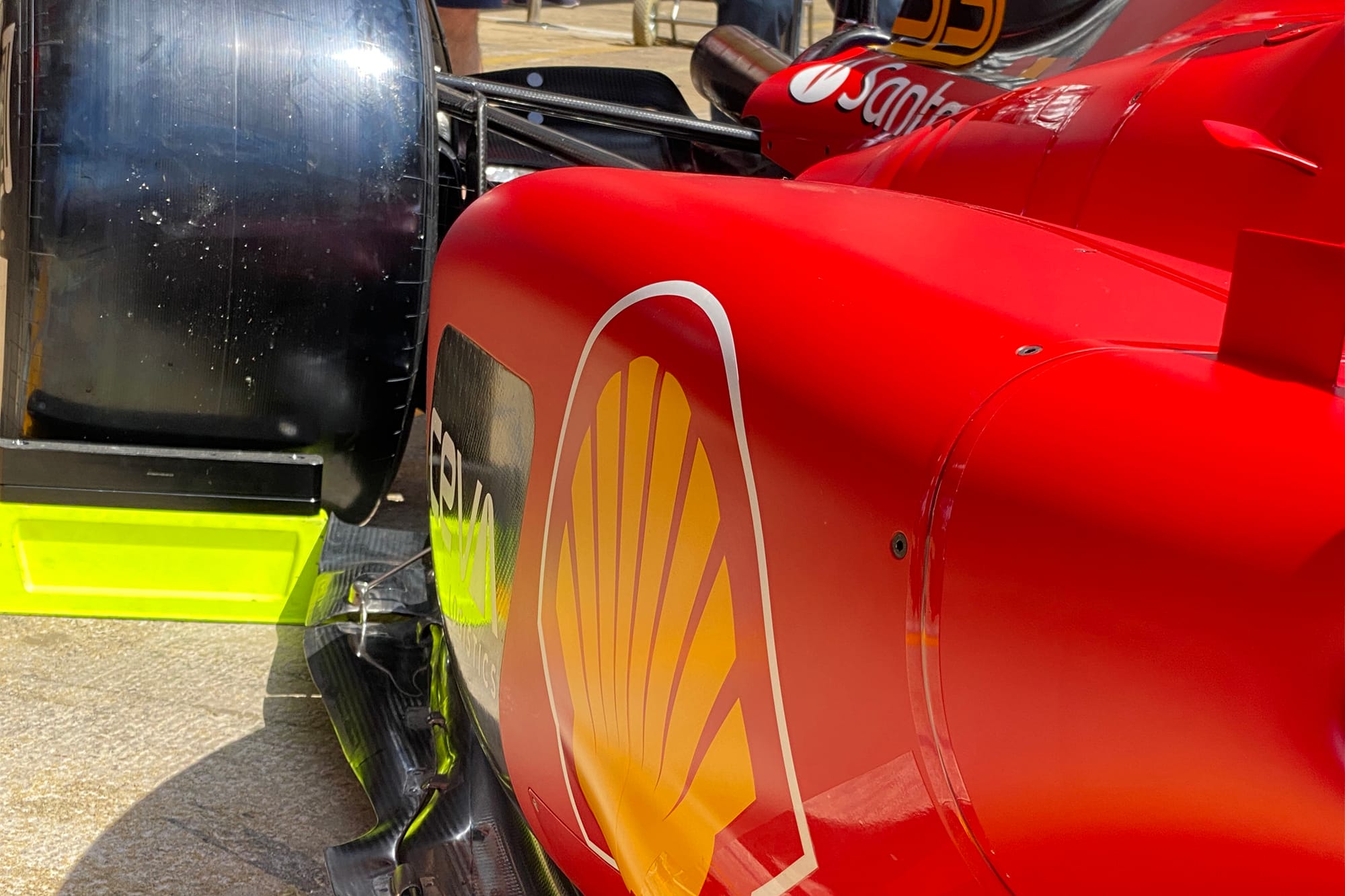
Given we’ll have to wait for a serendipitous car recovery to get a clear look at the floors, the sidepods are the next best thing in terms of something to spot as soon as 2024 cars are revealed.
The way the sidepods interact with the floor edges and underfloor is crucial with this generation of cars. The expectation is that those who have not yet followed the Red Bull-style ‘downwash’ sidepod design will do so. The downwash term refers to sweeping the airflow downwards via a ramp.
Some achieved this simply with a sloping shape, with Red Bull being an example of that.
But others, for example Alpine, had a more pronounced channel. In particular, Ferrari will be a fascinating case study as it started to move away from its scalloped sidepod shape last year and intends to make a bigger shift in 2024.
But there’s another, even more important sidepod design trend where we could see some variation. That’s the way the sidepods are packaged to maximise the airflow around the side.
To achieve this, Red Bull has led the way in the trend of raising the sidepod inlet in order to maximise the undercut. This is vital as the airflow around the side of the sidepods, and the way it interacts with the floor edges, is essential not just for downforce generation, but also the consistency of the car.
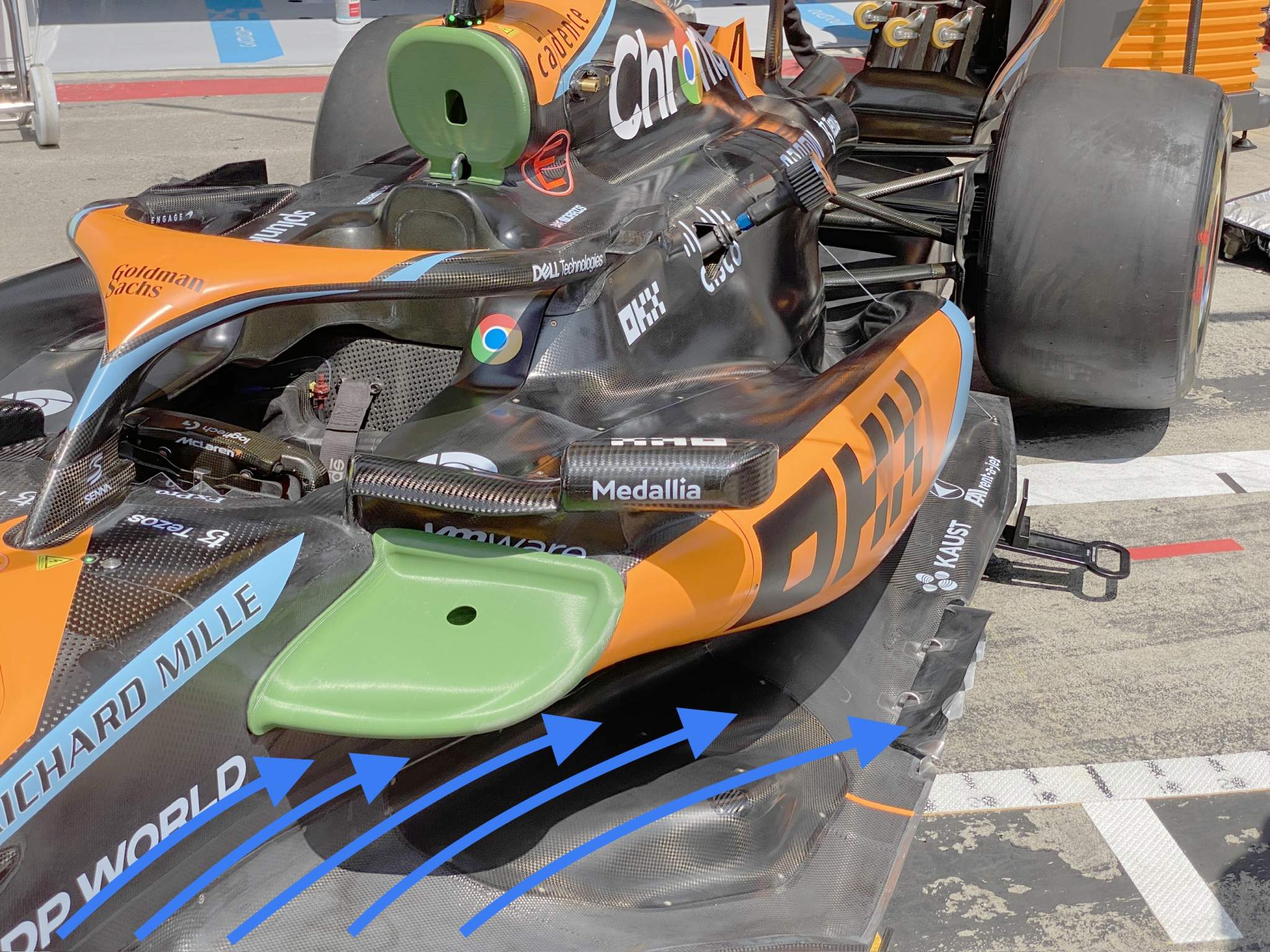
The sidepods introduced in McLaren’s Austrian Grand Prix upgrade package last year illustrate this. The evolution is also clear from the two updates Red Bull introduced to its sidepods in 2023 (below), each of which made the cooling inlet increasingly wide and shallow.
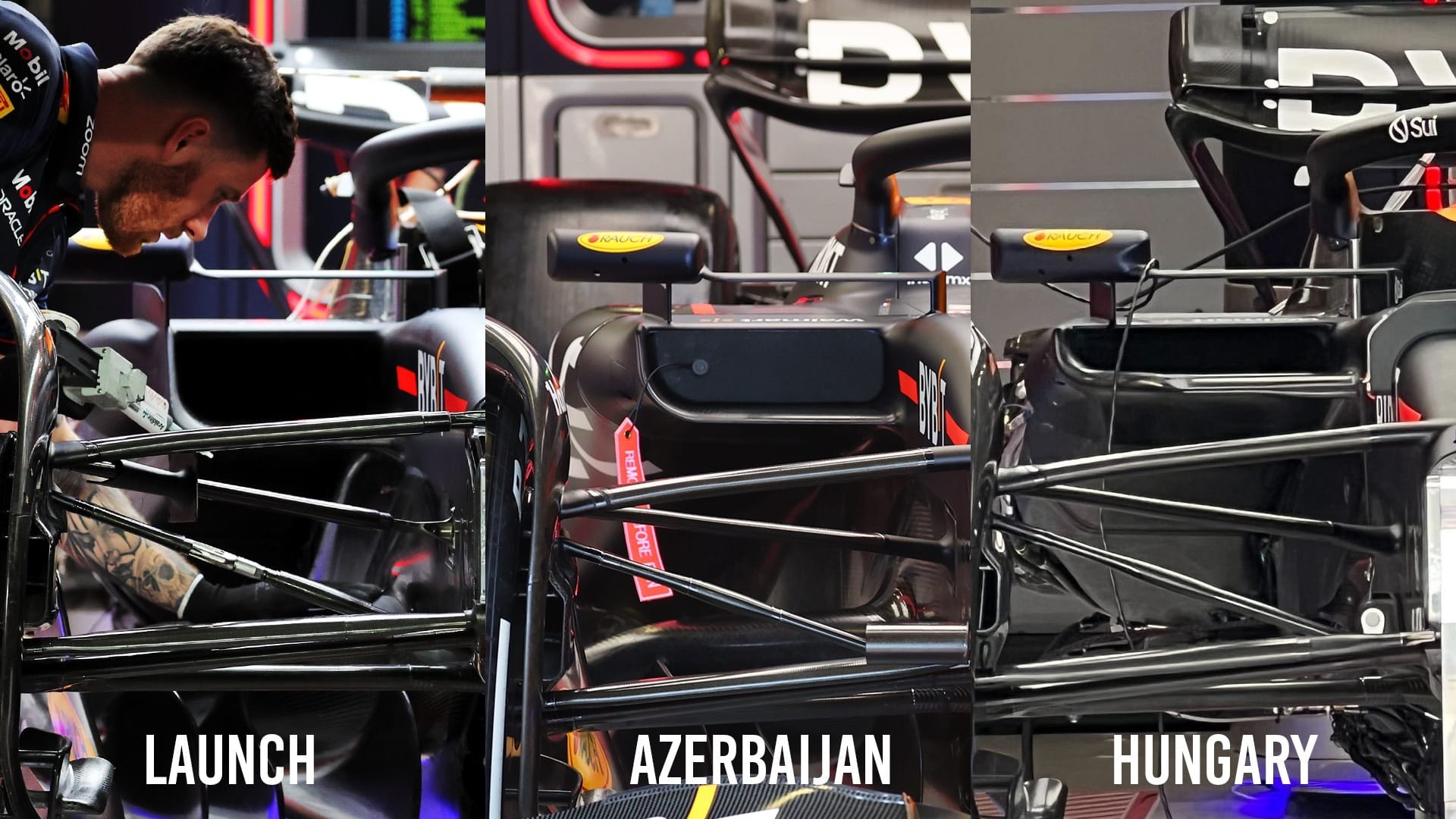
On its VF-24, Haas stuck with its Red Bull-inspired sidepods it introduced at Austin last October.
CHASSIS SHAPE
Red Bull had a more V-shaped chassis than the rest last year. You can see this in the change of the front of the chassis shape from one that was already somewhat rounded in 2022 to even more V-shaped in 2023.
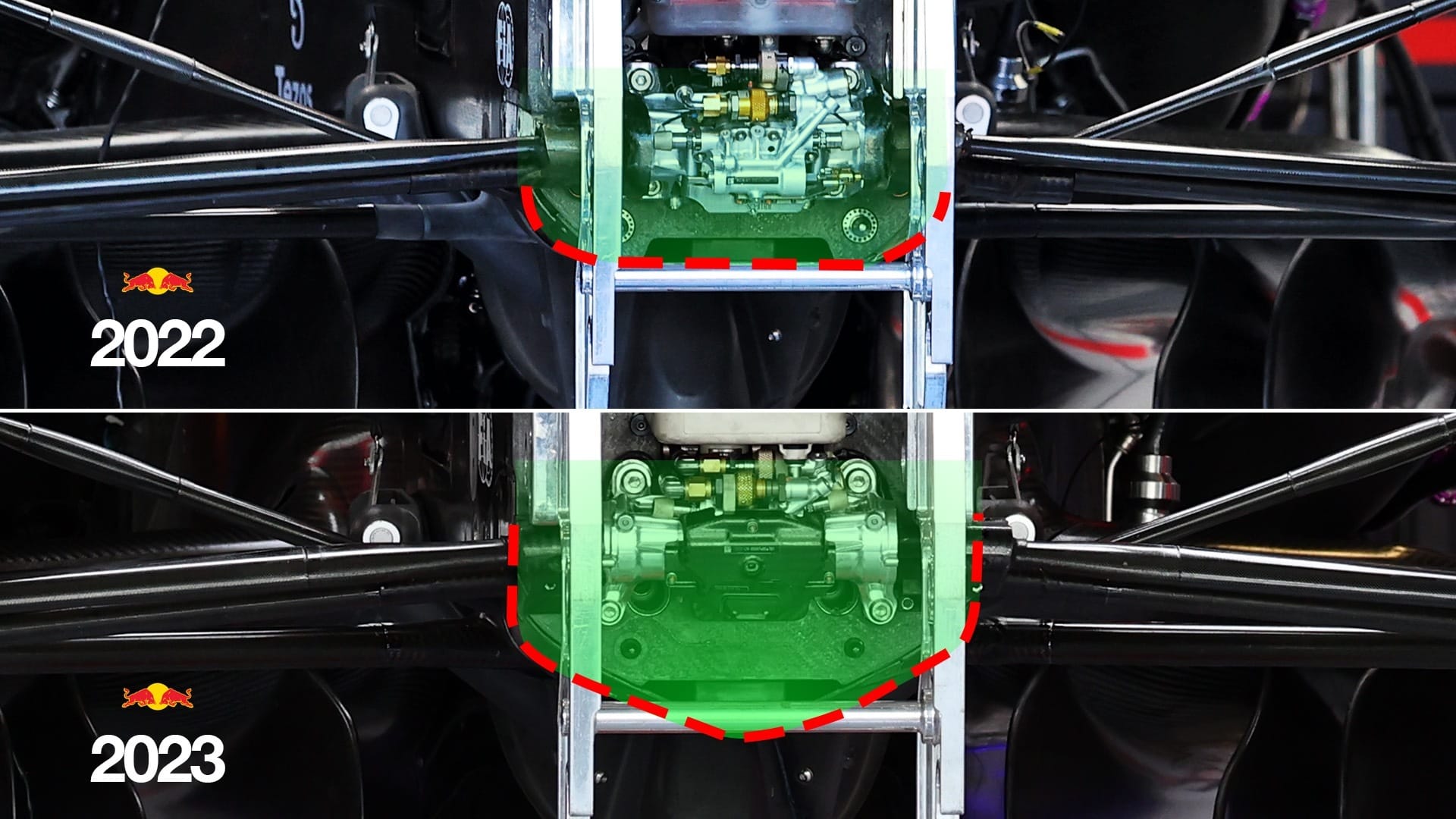
This is key because it increases the volume in a vital area of the underfloor and also works well with the way the airflow is managed off the front wheel and front wing.
There’s every chance more will go in this direction.
COCKPIT POSITION
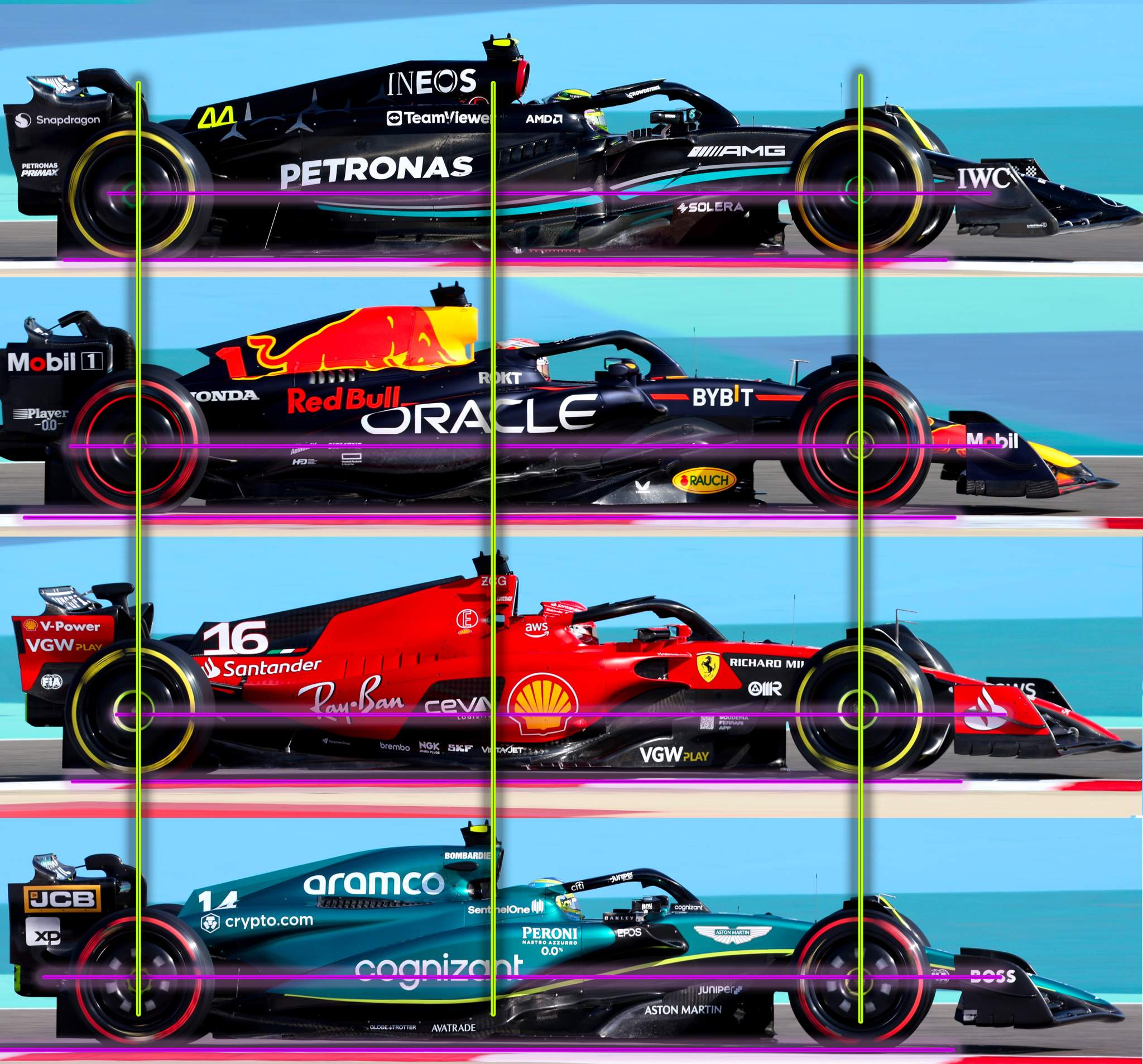
While the location of the driver in the car might look the same at a glance, last year there was variation in how far back they sat thanks to the location of the cockpit opening.
Lewis Hamilton’s complaints about the cockpit positioning early in the season grabbed the headlines. He felt he was sat too far forward, contributing to the lack of confidence in the Mercedes' rear-end feel.
We’re only talking about being maybe 20 to 25 centimetres further forward than where Max Verstappen sat in the Red Bull, but that can make a difference. We can expect to see a little variation here, but Mercedes is the team to look closely at.
That doesn’t automatically mean that Mercedes will make a change. As technical director James Allison argues, the first-order problem was the car’s inherent rear instability, which led to him characterising the car as truculent.
However, as the cockpit position was partly related to the way the car was designed to accommodate the zero-sidepod design that has since been dropped, changing this could be an option.
PUSHROD vs PULLROD SUSPENSION
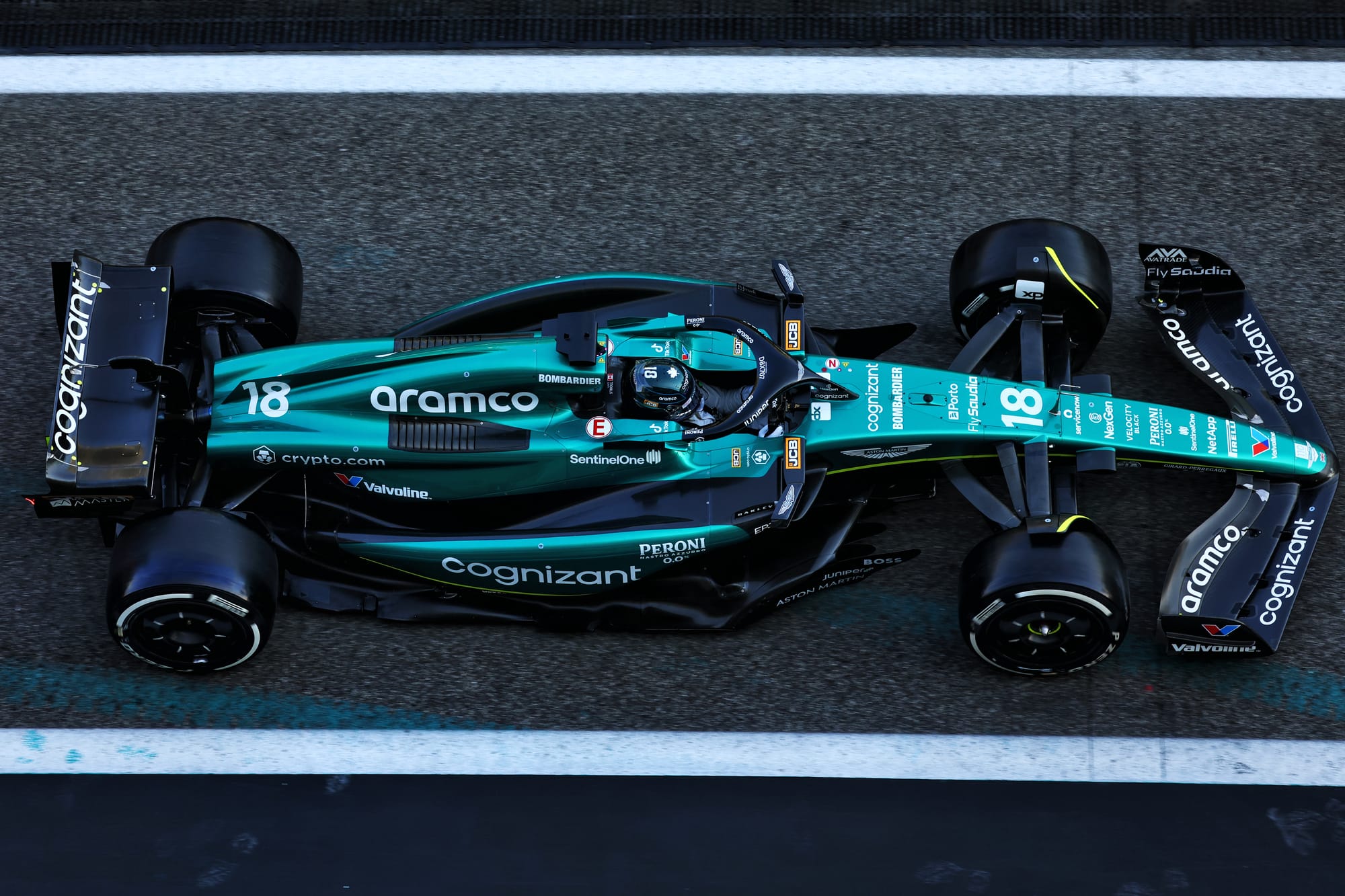
Whether cars have pushrod or pullrod suspension configurations is one of the most obvious design decisions to spot when you first see a new F1 car.
A pushrod is mounted high inboard and low to the wheel upright outboard. As the name suggests, the change of wheel height pushes the suspension rocker to actuate it.
A pullrod is the opposite, mounted low inboard and is attached high on the upright of the wheel. This pulls the rocker.
Haas stuck with its front pushrod and rear pullrod configurations, but of course, that could change before the car hits the track as renders often feature a different suspension configuration to the real car.
When the new regulations were introduced in 2022, only Red Bull and McLaren opted for the combination of pullrod front suspension and pushrod at the rear. This inverted the convention of the seasons before the rule changes.
They were still the only teams to have that combination in 2023. That’s largely because they are the only ones with pullrod front suspension, as the field was split 50/50 in terms of rear configuration.
2023 SUSPENSION CONFIGURATIONS
| Front | Rear | |
| Red Bull | Pullrod | Pushrod |
| Mercedes | Pushrod | Pullrod |
| Ferrari | Pushrod | Pullrod |
| McLaren | Pullrod | Pushrod |
| Aston Martin | Pushrod | Pullrod |
| Alpine | Pushrod | Pushrod |
| Williams | Pushrod | Pullrod |
| RB | Pushrod | Pushrod |
| Stake | Pushrod | Pushrod |
| Haas | Pushrod | Pullrod |
The question is, will other teams follow the combination chosen by Red Bull and McLaren? We already expect Red Bull’s second team to go that way as it’s using Red Bull’s suspension all-round, having only taken its rear suspension in 2023. But what about the rest?
The pushrod and pullrod do the same thing in different ways, so this decision isn’t primarily motivated by how the suspension works mechanically.
Yes, there are small implications in terms of the inboard packaging and weight but these are trivial compared to the aerodynamic implications. As Sauber technical director James Key says, the decision on pullrod or pushrod is purely for aerodynamic reasons, not mechanical ones.
And while Key also stresses this decision isn’t a massive gamechanger, he anticipates seeing teams making changes this year given the impact the choice has on the configuration of the suspension wishbones and therefore the impact on the airflow.
For example, having the pushrod configuration at the rear can allow a narrower front-end of the gearbox and therefore improve the airflow to the diffuser.
He believes that there is a compelling case for having pushrod rear suspension, so that suggests at least some of Ferrari, Mercedes, Williams, Haas and Aston Martin could change. At the front of the car, he believes it’s less clear-cut.
However, with the way that the airflow is managed and delivered to the front of the floor and sidepods so crucial - and sensitive - which way the teams go could be a significant decision.
Our resident ex-F1 technical director, Gary Anderson, believes there could be an advantage to having pullrod front suspension as that allows an increase in the rising rate of the suspension and therefore improves the fine control of the ride height and suspension response.
PLATFORM CONTROL
As the interaction of the aerodynamic and mechanical characteristics is crucial in getting the best out of the current ground effect F1 cars, platform control is therefore essential. And Red Bull has shown great mastery of this.
In 2022, it had anti-dive on its front suspension. This reduces the compression of the front suspension when the weight shifts forward under braking.
It’s achieved by having the front arm of the upper wishbone mounted higher at the chassis inboard mounting points. The rear arm of the upper wishbone is mounted lower.
What matters is the angle between the two wishbone arms - the more the better. Having this configuration provides greater resistance when the weight is shifted forward.
As well as having increased anti-dive at the front in 2023, Red Bull made big changes to the rear suspension last year.
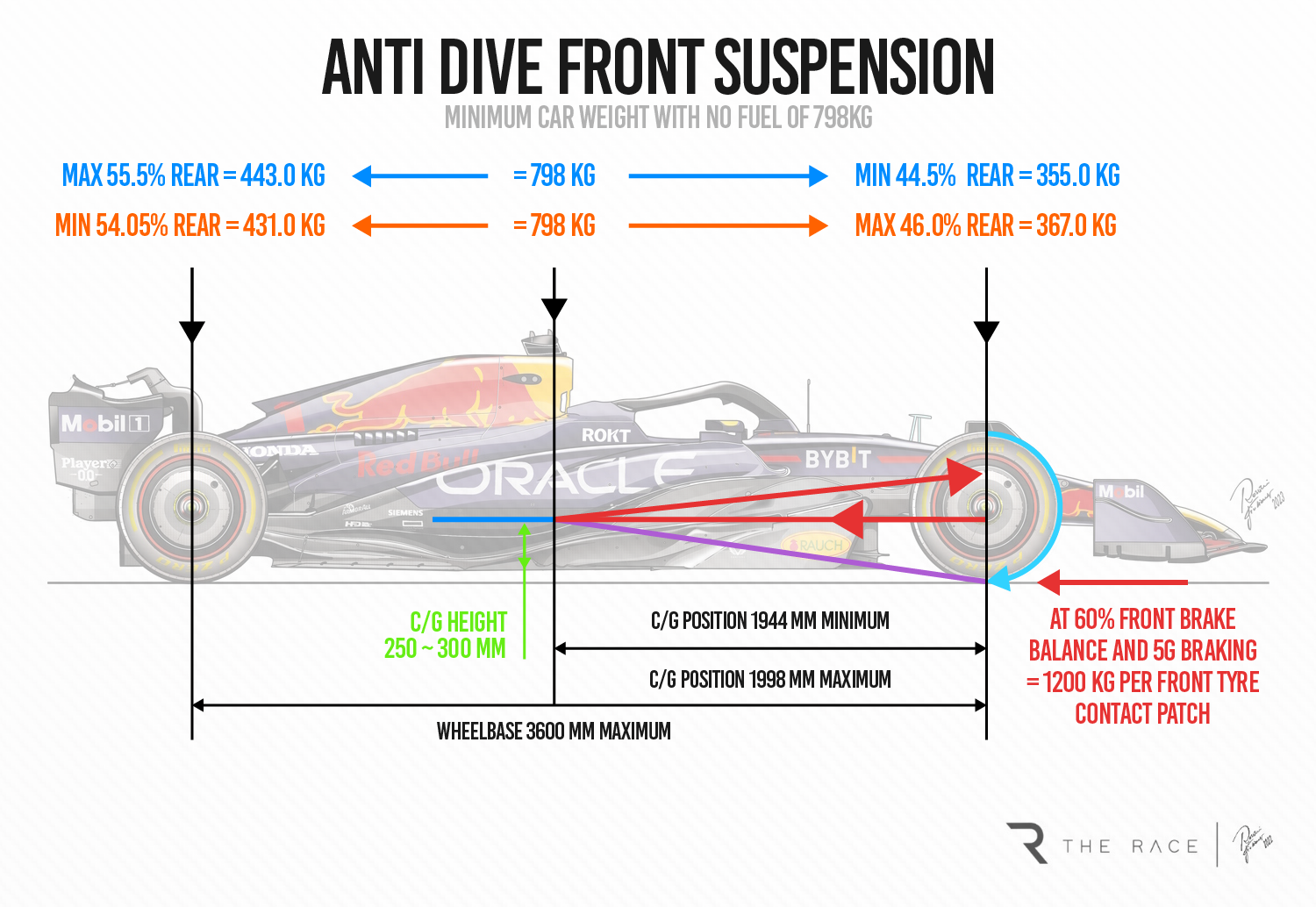
In 2022, the rear leg of the top wishbone of the Red Bull rear suspension was mounted to the top of the gearbox.
But in 2023, the rear leg of the top wishbone of Red Bull’s suspension was mounted on a small structure added on top of the gearbox. That created a big difference in the height of the rear leg between where it is mounted inboard and outboard.
That’s anti-squat geometry - effectively the reverse of anti-dive with the rearmost wishbone arm mounted higher and the forward one lower.
This, combined with anti-lift characteristics, offers greater control of the mechanical platform at the rear.
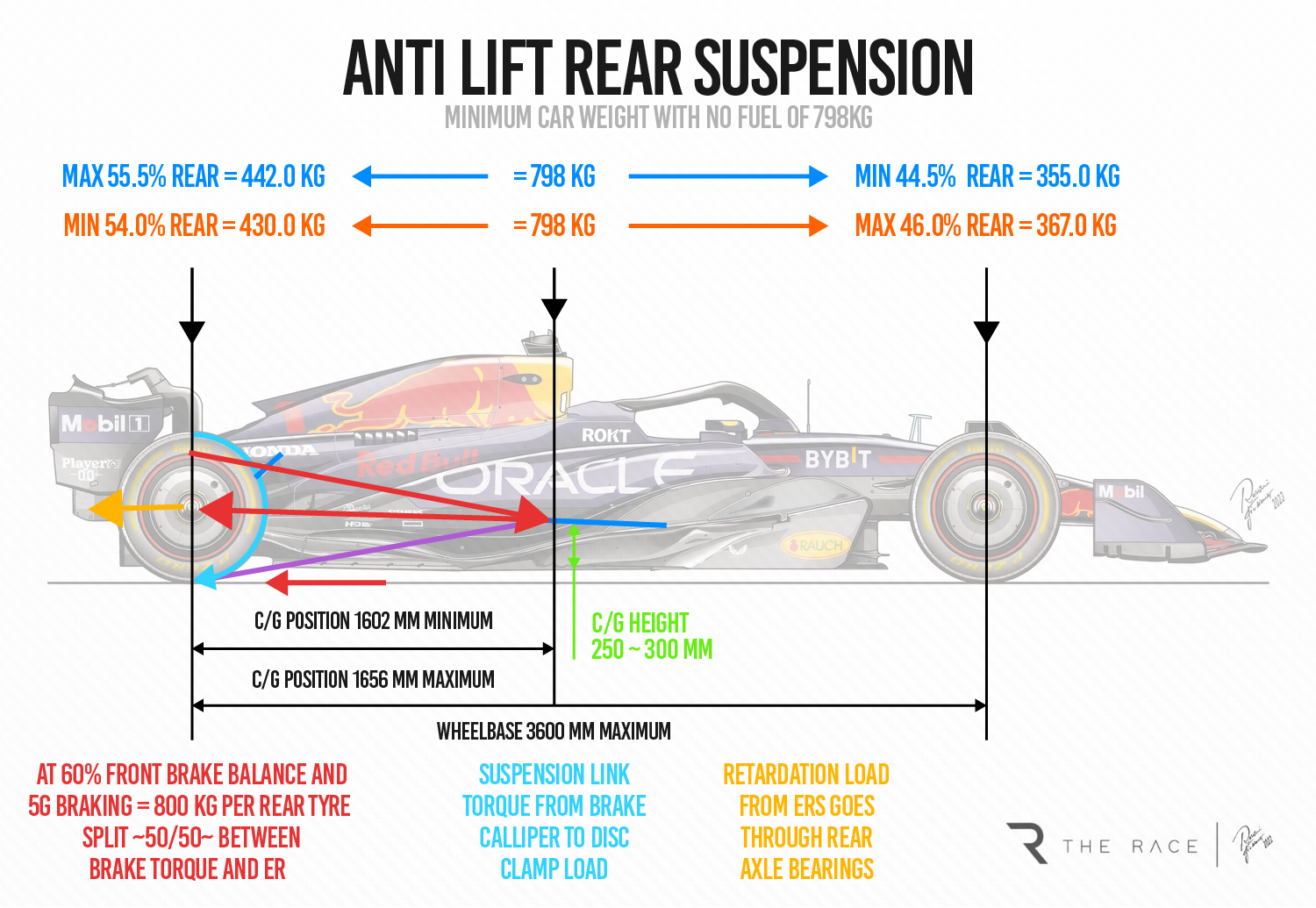
Some, such as Mercedes at Monaco, increased the level of anti-dive at the front last year with upgrades. But expect more to replicate that this year, particularly at the rear end that requires changes to the gearbox casing.
However, Ferrari chassis technical director Enrico Cardile questions just how important this is, saying “suspension set-up is a bit overrated”.
So there are some philosophical disagreements there. The question is how they manifest themselves when it comes to the 2024 cars.
Haas gave an initial clue with hints of suspension tweaks that show a bit more anti-dive on the front and as Gary Anderson noted in his analysis, greater platform control at the rear.
UNEXPECTED INNOVATION
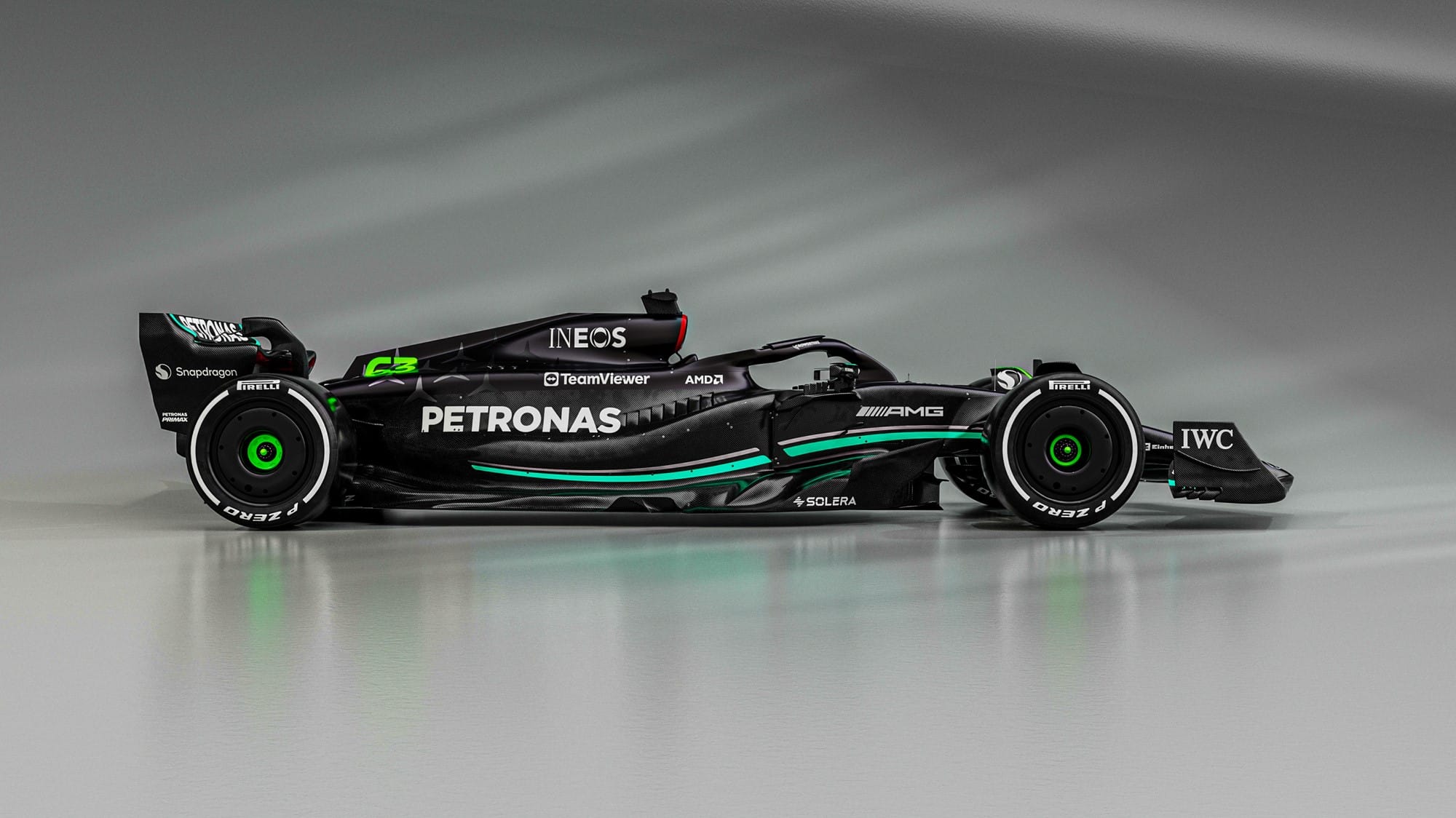
F1’s regulations may be highly prescriptive, with expectations of even greater convergence of car designs this year. But that doesn’t mean someone won’t spring a surprise.
What that might be, we don’t know - but we’ll be keeping our eyes peeled for any design surprises.
As Mercedes technical director James Allison said when The Race asked him recently about design trends, “most people will be iterating down a similar avenue”. And that avenue is likely to be the one Red Bull has blazed a trail down.
However, Allison also stressed “it doesn’t mean that there isn’t room for innovation at all”.
That’s likely to be in the small details and might take some effort to spot, but there’s always the chance of some new idea cropping up on the new cars even if they are hidden in the launch versions.
New innovations will be a reminder that this process is not simply a case of trying to copy the direction set to astonishing effect by Red Bull - especially given it could also spring a surprise despite creating what’s described as an evolutionary car.

